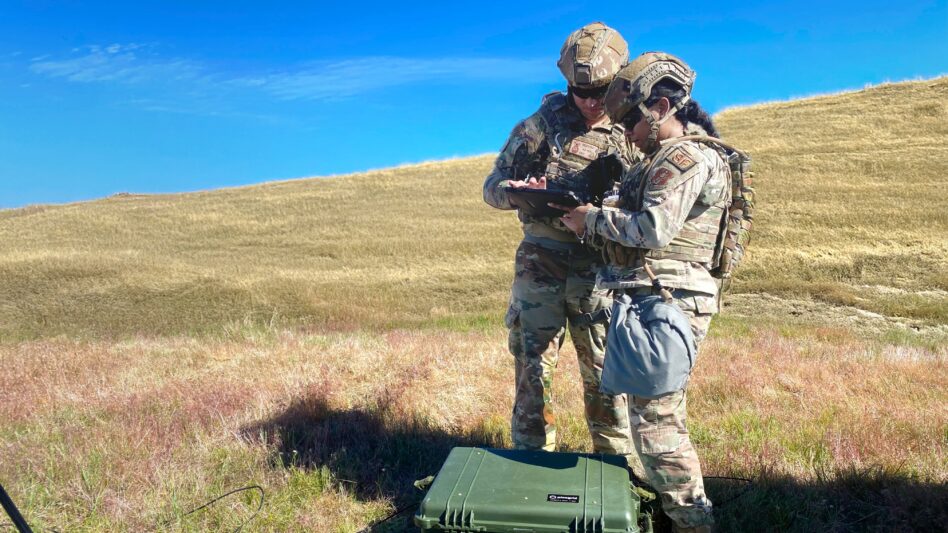Picogrid is rapidly building up a truly impressive circle of friends.
Just two weeks after teaming up with Northrop Grumman’s c-UAS platform, the startup announced late last week that its flagship software integration system, Legion, will be plugging into Palantir’s ultra-popular Maven Smart System (MSS).
Picogrid says that Legion will act as a “universal translator,” allowing “MSS users to more easily integrate data from ground sensors, drones, and other field systems into battlefield planning and operations.” Even Palantir needs a helping hand sometimes.
Work together: As the battlefield becomes more and more software-defined, systems like Legion and MSS that can pull together oodles of assets, software, and data are becoming increasingly popular within the Pentagon.
Here’s what the two systems do:
- Legion: Fuses information fed from different systems to integrate physical assets, streamline data, and connect to operational tools like ATAK. Think of it as a connective tissue between the many drones, sensors, robotics platforms, and software on the battlefield.
- Maven Smart System: Aggregates diverse data streams, including satellite imagery, drone feeds, radar, communications, and geolocation data. MSS then spits out fused data and machine learning outputs on a straightforward user interface that visualizes targeting options, logistics, personnel locations, and a whole lot more.
Maven madness: Palantir’s MSS is a hot commodity (and a cash cow) these days.
Last month, Palantir scored a contract with the Marine Corps to provide the system to users across the service. Plus, they scored a $480M Army contract last May, a $99.8M contract with the Army Research Laboratory (ARL) last September, and an undisclosed (but big-money) contract with NATO in April. In May, the DoD raised the ceiling on its contract for the software by almost $800M. Not too shabby.
Integrating with Palantir’s MSS brings Picogrid’s connectivity tech into one of the most popular military analytics platforms in the game. However, according to Picogrid co-founder Martin Slosarik, the systems have been quietly integrated for a few months. The partnership was demonstrated at the recent Scarlet Dragon military exercise at Fort Bragg, he said, where Picogrid streamed data from field-deployed sensors and drones into MSS.
Teaming to the top: The Palantir collab adds to the sprawling network of partnerships Picogrid has built over the past year. They’ve teamed up with over 50 startups, including Skydio, Alta Ares, ZeroEyes, and EchoDyne, and even with some of the defense industry’s big dogs, like Northrop.
They’ve also been quite successful with the DoD, racking up contracts with the Space Force, Air Force, and Army.
According to Picogrid, the reason Legion is so popular is that the system is the secret sauce that makes all of the new software-defined hardware the Pentagon is obsessed with work together.
“We are solving this fragmentation problem—and encouraging healthy competition—by integrating all these disparate capabilities made by third parties,” Slosarik said.
“Legion enables the DoD to operate these advanced technologies alongside legacy systems in one unified software platform,” he added. “We are built for the Modular Open Systems Approach (MOSA), [which] allows us to rapidly integrate with and enable the warfighter’s preferred command-and-control platforms.”
Given the growth of Picogrid’s partner ecosystem and the number of new integrated software systems the Pentagon’s putting into the hands of operators, analysts, and commanders (just look at the NGC2 contract figures), you should get used to hearing about Picogrid. Seems they’re on a mission to prove you can team your way to the top.

